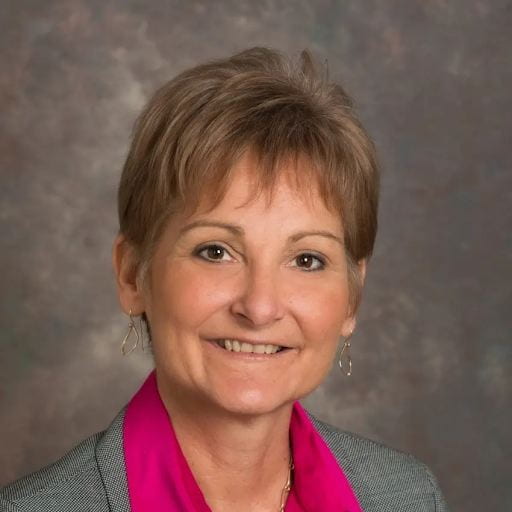Fostering Critical Thinking for Licensure Exam Preparation
In Part 2 of this blog series, we share the perspective of Diane Rudolphi, Senior Instructor with the School of Nursing in the College of Health Sciences. As you read along in Part 2, imagine you’ve been teaching students all semester and you want to assess how well they know the course material in preparation for a national licensure exam. Do they really know the material? Do you…
- wait to see if they pass or fail the exam?
- rely on students coming to your office hours prepared to discuss reading materials?
- use a variety of Poll Everywhere question types to assess their knowledge in preparation for the exam?
If you chose A or B, this article will help you understand how Poll Everywhere provides a way to assess how well students might know the course material in preparation for a national licensure exam.
If you chose C, Poll Everywhere should be helping you identify muddiest points in the course materials as students apply what they are learning. The Poll Everywhere team in IT Academic Technology Services is available to assist as you explore additional activity types.
Fostering Critical Thinking for Licensure Exam Preparation
At a glance
| Featured faculty | Diane Rudolphi, Senior Instructor |  |
| Classes sizes | Ranges from 10 in one course to 70 in another | |
| Class format | Problem-based learning, licensure preparation | |
| Favorite Poll Everywhere activity | Multiple Answer, Clickable Image, Word Cloud |
Diane Rudolphi is a Senior Instructor with the School of Nursing in the College of Health Sciences. Diane uses problem-based scenarios to promote critical thinking as students in her Clinical Reasoning course prepare for the National Council of State Boards of Nursing’s NCLEX licensure exam. She uses a mix of multiple choice, multiple answer, hot spot, word cloud, and clickable image question types to assess their knowledge in preparation for the exam. She shared that Poll Everywhere allowed her students to “commit to responses (even when in groups)” helping them to be accountable for their own learning mastery. “[This] was a real game changer from when I taught the same course prior, when I put students in groups- this made it more engaging for them. This tool really helped.” In addition, she discovered that “revealing the correct answer is distracting, they’d go and change their answer.” With the help of Poll Everywhere, Diane placed less focus on the correct answers and redirected her students to the importance of critically thinking through the case study scenarios and the solutions that helped them to arrive at the correct answers.
Scenario-based Clickable Image question

There are many unique approaches to using Poll Everywhere at the University of Delaware. Regardless of approach or discipline, we have commonly found that incorporating Poll Everywhere helps instructors to improve student engagement, deliver authentic assessment, and gauge learning mastery. Our hope is that the strategies presented in this blog series will provide inspiration for how Poll Everywhere may be used in your course.
This is the second of three articles in this series. Click here for (1) Gamifying Formative Assessment to Increase Engagement and keep an eye out for (3) Using Poll Everywhere Teams for Collaborative Peer Feedback, E-Journals and Discussion Starters (coming soon).
If you’d like assistance implementing any of these approaches, or if you’d like to brainstorm an approach unique to your course and discipline, we’d be happy to help. Contact us at udpolling@udel.edu to schedule a consultation or visit the Poll Everywhere at UD website.
